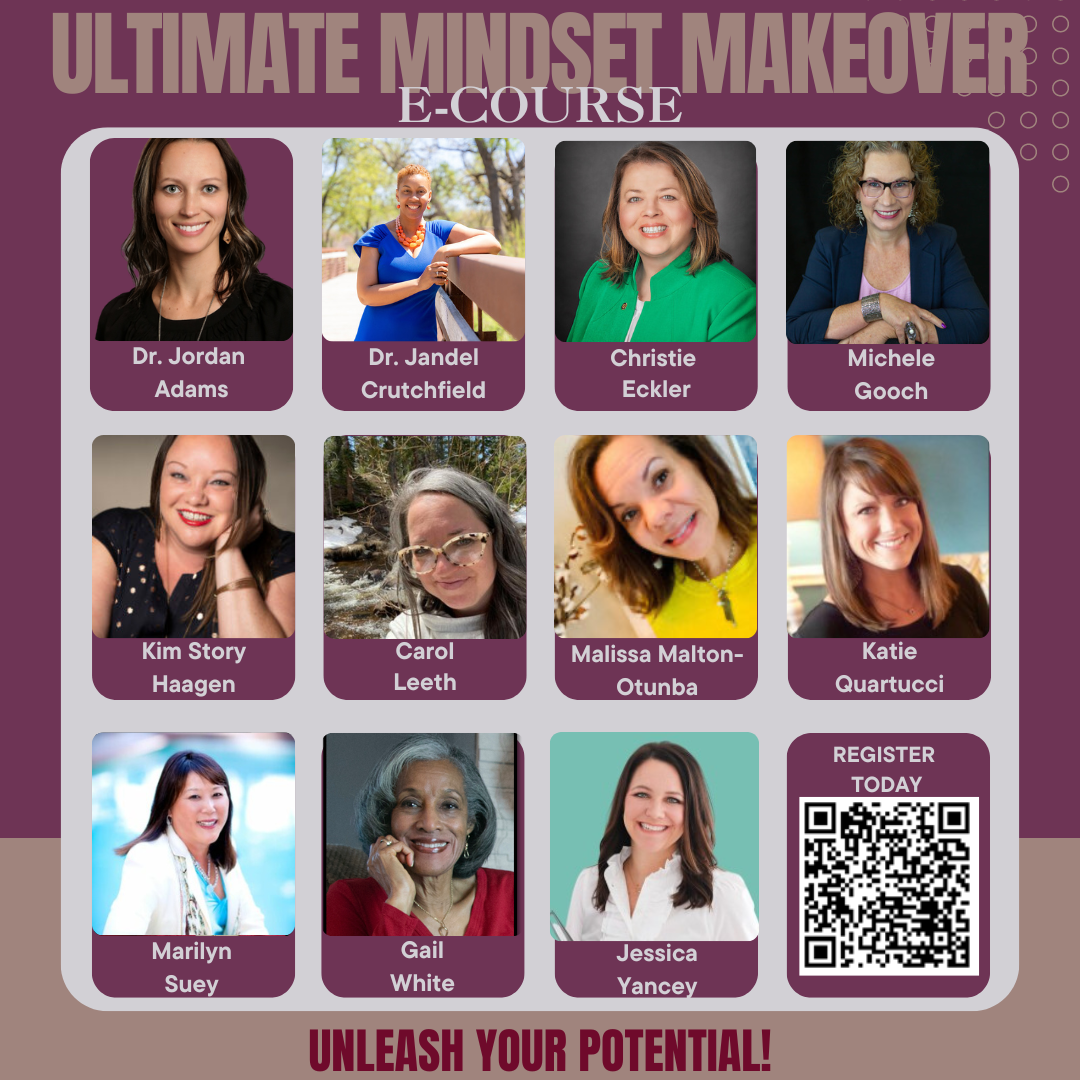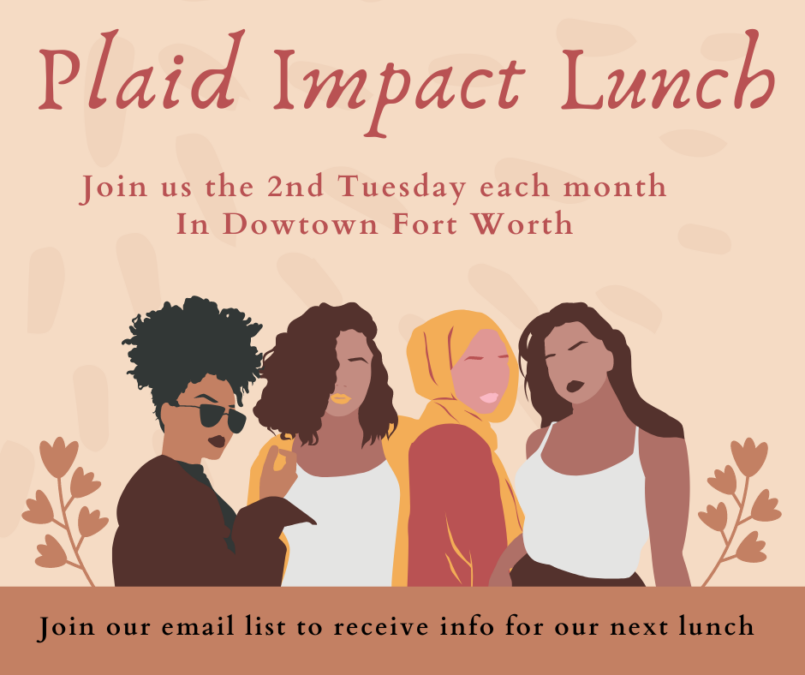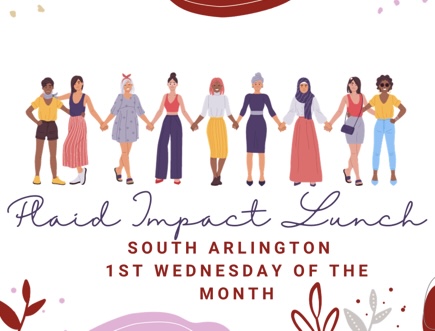Of all species living on planet earth, humans are arguably the ones most dependent on community life for survival. Families and friends, towns and cities, churches and schools, civic organizations and governments are elements of the communities that sustain our growth and development. But few of us have stopped to contemplate our own expectations of our economic communities.
I was brought face to face with my own lack of understanding when I considered my personal roles and my somewhat conflicted economic expectations. As a consumer, I wanted great value in products and services at the lowest possible price. As an employee, I sought the highest available wages and broadest benefits. And as an investor I desired high returns, in the shortest time period. Once I realized that a business would be hard pressed to meet the expectations of all three constituents, I began to view my expectations as unreasonable and sought to identify tradeoffs to align myself with reality. My thinking had made me a dysfunctional community of one! Perhaps this picture perfectly depicts the dilemma we face.
How do we ban together to meet the needs of everyone for the benefit of all?
The world is comprised of an infinite number of small, semi-autonomous communities that feed into one massive global organism, connected and driven by technology. The central focus of community is unity. As we strive to live well today and aim to leave a legacy for generations to come, we will need to unite with others and develop workable systems that foster economic freedom.
The classic Benjamin Franklin quote of 1776 states the objective clearly: “ We must, indeed, all hang together, or assuredly we shall all hang separately.” Community is where we all hang together. And this profound quote reminds us that there is no escape. Let’s not miss the obvious implication: “all” means “all”! Whatever brings true prosperity to one group will permeate the entire global community and bring prosperity to all. Conversely, anything that harms one group will ultimately (eventually) bring everyone down. (At this point we must understand “harm” as permanent, irreversible damage vs. “hurt” which is pain— often an unavoidable step toward correction and healing.) Hanging separately is always harmful. But in community we can mitigate the pain of hanging together and bring about needed change.
Common definitions of “community” provide a starting point for our discussion.
- the people of a district or country considered collectively, especially within the context of social values and responsibilities, society
- a feeling of fellowship with others, resulting from the sharing common attitudes, interests, and goals
- a similarity or identity
- group of interdependent organisms of different species growing or living together in a specified habitat
- the countries of the world considered collectively (international community)
Note the key words in these definitions: Location. Values. Responsibilities. Fellowship. Sharing. Goals. Identity. Interdependent. Growing. Collectively. Factoring in the concept of economics, we’d add words like sustainable, prosperity and well-being. And when considering technology “location” is redefined to include virtual (online) gatherings of those not necessarily in physical or geographical proximity.
Technology drives our need for effective social and economic communities. We must create new communities that are novel—not just new and different but of a type never seen or imagined before. The task is daunting, but it is not optional. Novel communities will materialize, with or without our active, intentional efforts to shape them. We’re already on the Starship and we have no choice but to “bravely go where no human has gone before”.
Against this backdrop, we seek to answer important questions concerning our personal economic goals and strategies and we examine our current community support systems. Is my community helpful to me? Can I join or create one that is more suitable for me? Am I a valuable contributor to my community? How is technology being utilized in my community and do we need an upgrade? I find answers to these great questions, not in my own head, but in my chosen communities, provided they have three basic qualities.
Powerful Leadership
The base of power begins with knowledge, experience, vision, energy, drive and the ability to cast a vision in order to motivate others. In the past, leaders commonly arose from the ranks of the wealthy and well-educated. These were gray beards with eager, young disciples sitting at their feet. But today many leaders are young, energetic, tech-savvy. Either way, the power of leadership is enhanced and confirmed by association with other powerful leaders and proven by the effectiveness of their community following.
Passionate Membership
I catch fire when the community is right for me. I find needed research and resources that I don’t have the cognitive or emotional bandwidth to create for myself. And so, I consistently attend meetings, watch videos, listen to podcasts, read books. I invite and inspire others to join me. I become a leader in my own right – a contributor.
Purposeful, Persistent Collective Action
The fun and effectiveness of community comes from fellowship and action that truly makes a difference in the lives of members and non-members alike. The action may sometimes draw publicity through media attention. Or the community may quietly create systemic change without drawing attention to itself. Either way, insiders experience the exhilaration of knowing that “we did this!”
Continual social and economic revolution, revival and reformation are necessary to survive the changes that cycle rapidly through modern life. Fortunately, we have the tools to form and fund these movements instantly – with just a few clicks on the keyboard, once we learn to practice community.
Tough times are here.
More chaos is coming as broken systems are dismantled and newer ones are constructed. But we will learn to peer into the goodness that is often veiled by the darkness of chaos. Together, we become a massive light that needs only to draw near, and darkness will dissipate. We need not fear what cannot stand in our presence! This is community 101!
Read more of Gail’s article on Plaid or connect with her on her website.













